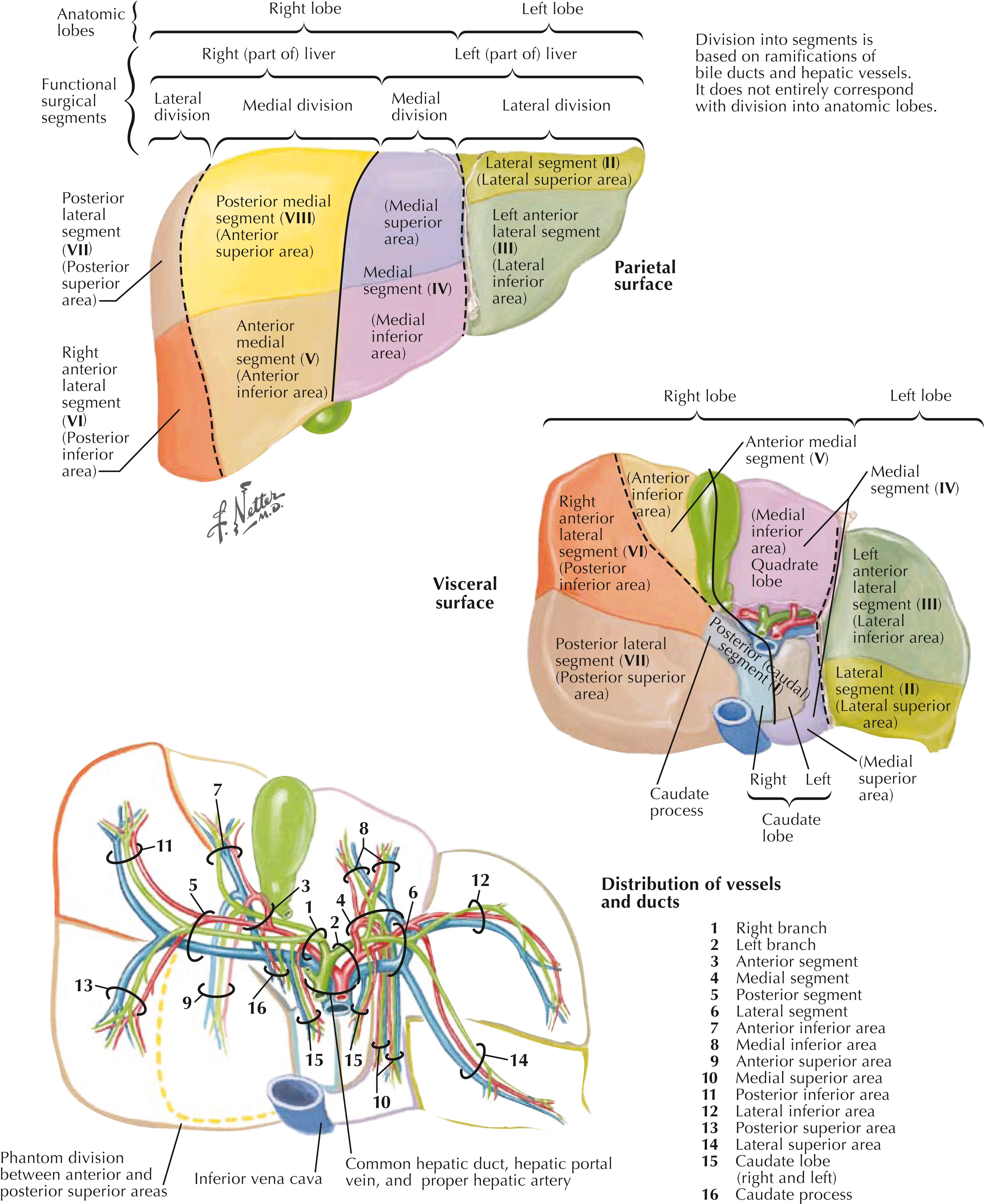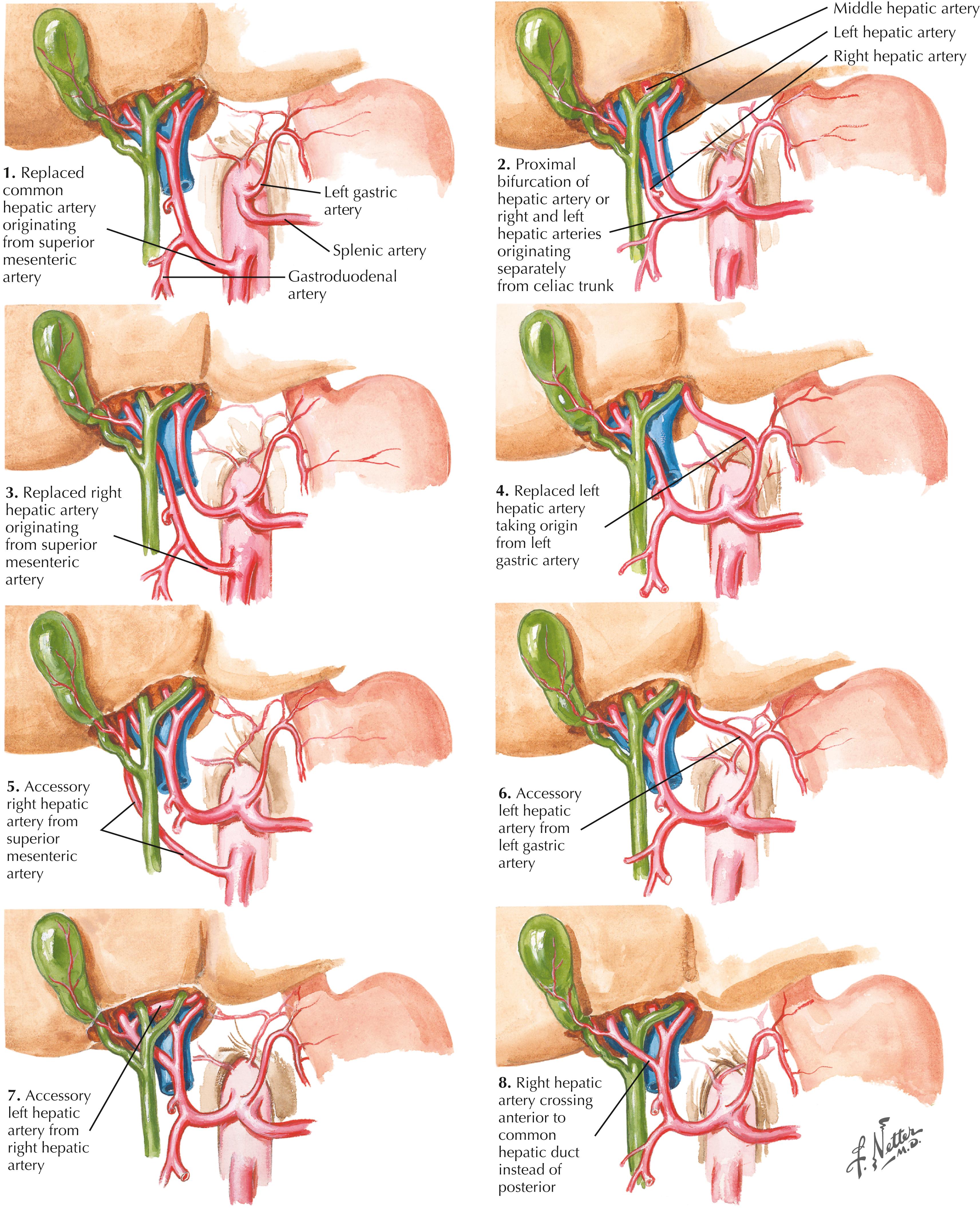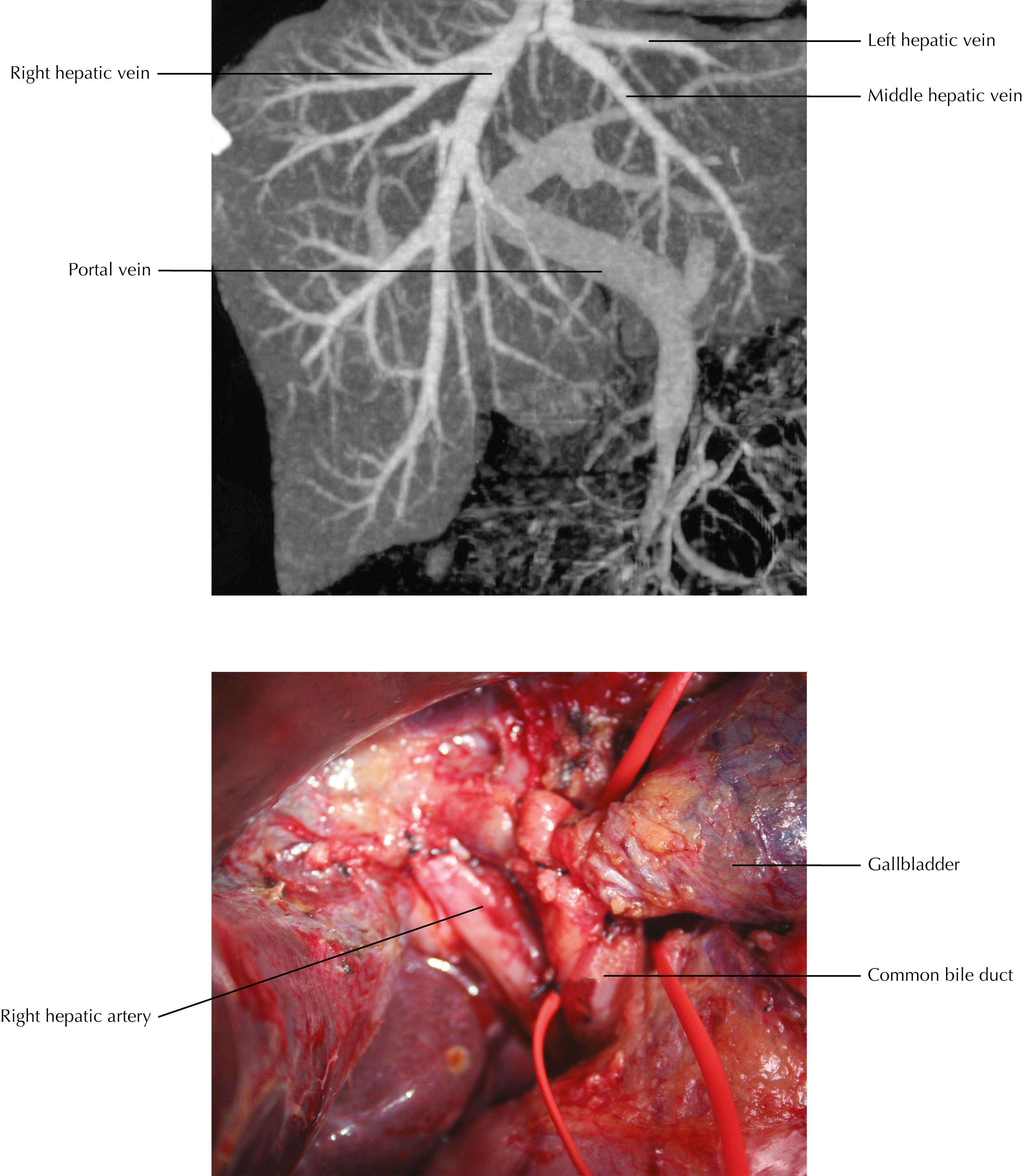Physical Address
304 North Cardinal St.
Dorchester Center, MA 02124
Multiple factors have contributed to a significant increase in the current number of liver surgeries performed annually. Improvements in surgical and anesthetic techniques as well as patient selection have reduced the mortality associated with liver resection to between l% and 5% at experienced centers, with acceptable associated morbidity. The improved surgical outcomes associated with the increased incidence of newly diagnosed cancers of the liver and biliary tree, along with substantial improvement in the adjuvant treatment of metastatic colon cancer to the liver, has helped to establish liver resection as the primary treatment modality for many patients with hepatocellular carcinoma, cholangiocarcinoma, and metastatic colon cancer to the liver. Of note, minimally invasive liver surgery via laparoscopy and robotic technology has developed substantially during the last decade.
A major advance in the ability to perform liver resections is the understanding of the segmental anatomy of the liver, as described by Couinaud in 1957. In addition to the portal vein, the arterial supply, biliary drainage, and hepatic outflow must also be considered in planning the resection. Because of the significant variations in liver mass, vascular and biliary anatomy, tumor location, and extent of resection margin, adequate preoperative imaging is critical. For primary liver tumors, a margin of 1 to 2 cm is preferred. The resection margin for metastatic lesions is somewhat more controversial, but recent studies on resection of colorectal liver metastasis demonstrated a survival advantage with a resection margin of at least 1 cm. When a liver resection is planned, the remnant liver must have adequate mass for the patient as well as adequate arterial, portal, and hepatic vein flow. The remnant must also have adequate biliary drainage.
The liver is composed of eight segments based on the portal inflow into the organ ( Fig. 14.1 ). Segments I to IV constitute the left lobe (colored purple, blue, and green on illustration) and segments V to VIII, the right lobe. Preoperative understanding of the patient’s underlying liver anatomy is critical when planning a liver resection. Because of the wide variability in all the hepatic vascular and biliary structures, as well as a considerable amount of variability in the relative sizes of the right and left lobes, imaging is performed to delineate the key structures that may be encountered during the resection ( Fig. 14.2 ). The most useful studies are triple-phase computed tomography or a high-resolution magnetic resonance imaging with contrast ( Fig. 14.3 ).



Become a Clinical Tree membership for Full access and enjoy Unlimited articles
If you are a member. Log in here